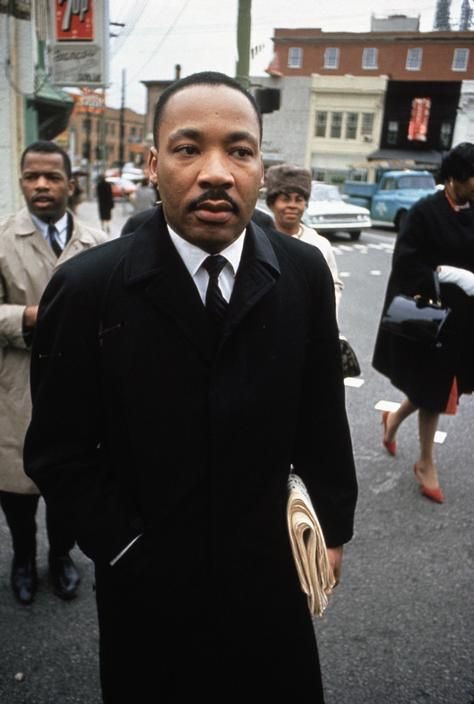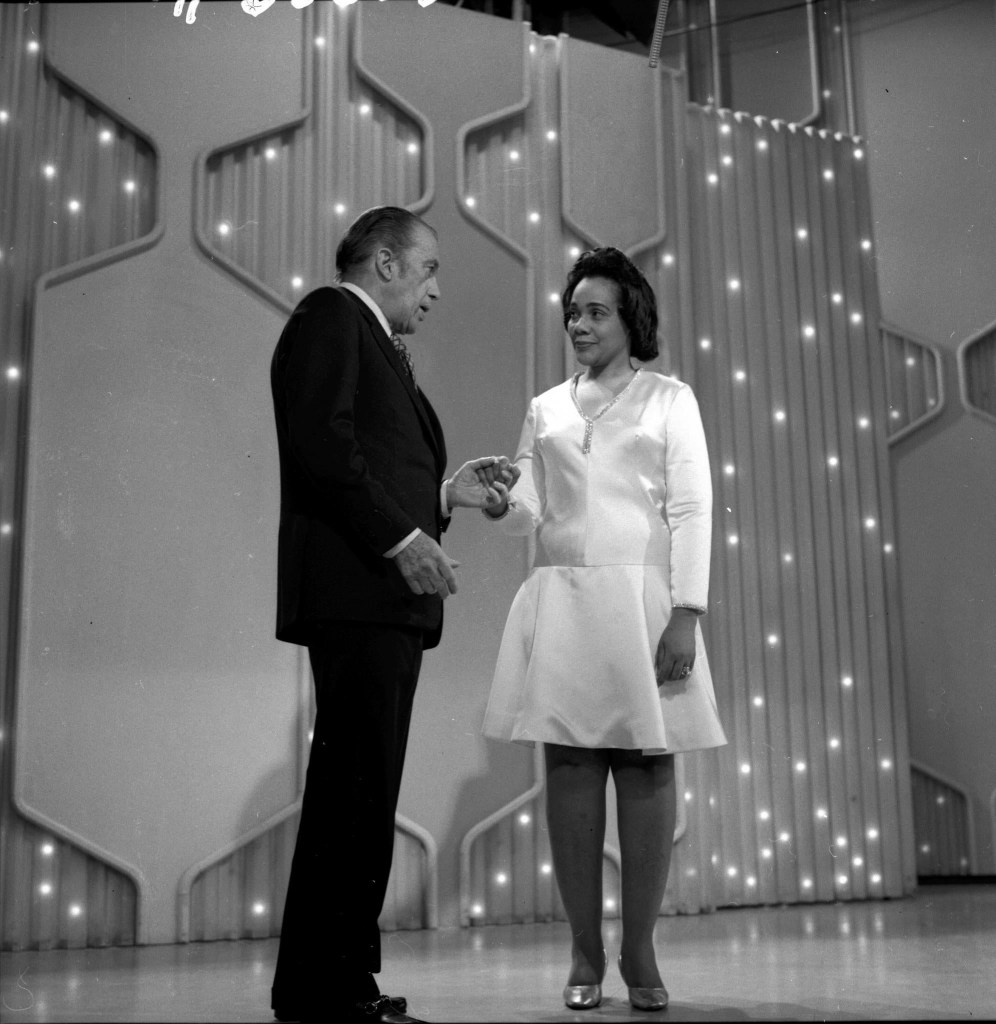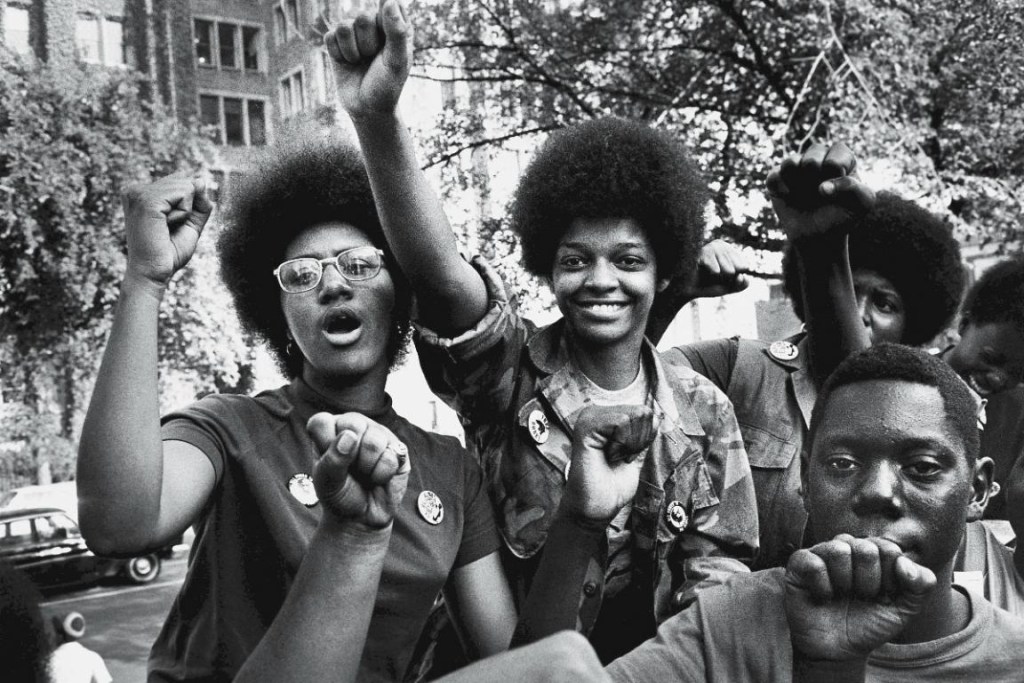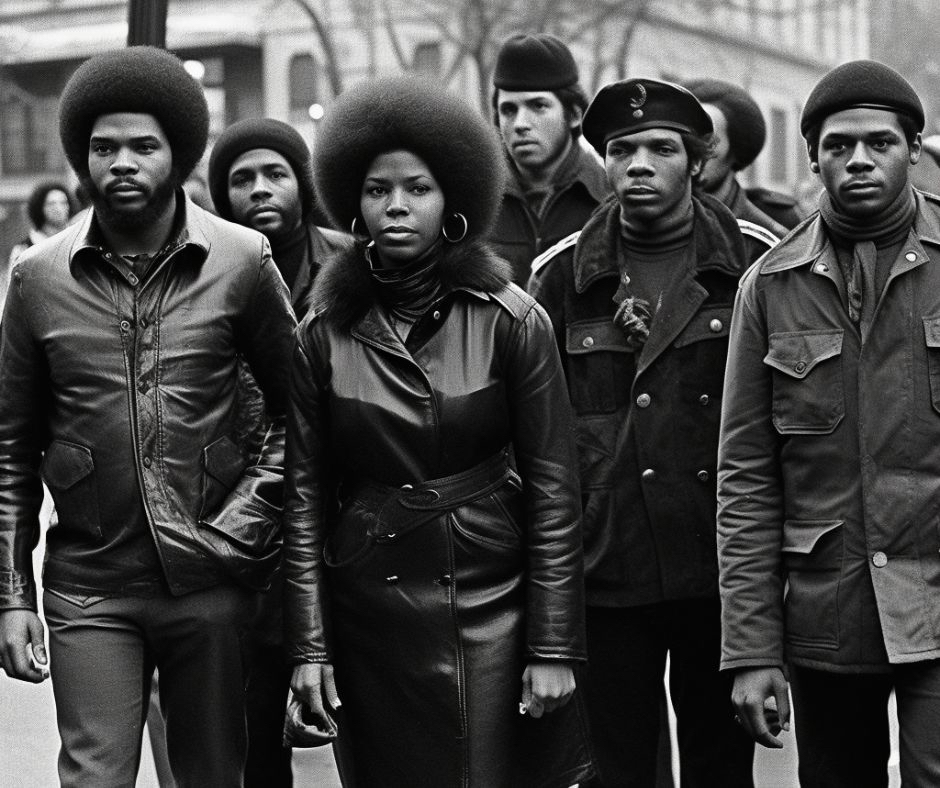Fashion in the Civil Rights Movement: More Than Just Style
- SkyeChanel

- Feb 6
- 2 min read
The Civil Rights Movement was about more than marches and speeches—it was also a visual revolution. From the sharply tailored suits of Dr. Martin Luther King Jr. to the militant, all-black leather aesthetic of the Black Panthers, fashion became a powerful tool for resistance, pride, and empowerment.
Dressing with Purpose: The Power of Tailored Suits


Leaders like Dr. Martin Luther King Jr. and Malcolm X understood that presentation mattered. Their sharp suits, polished shoes, and neatly pressed shirts weren’t just about looking good—they were a strategic choice. In a time when Black Americans were fighting for dignity and equal rights, dressing in a refined, respectable manner helped challenge racist stereotypes and demanded to be taken seriously in the public eye.
Coretta Scott King, along with other women of the movement, also embodied this polished aesthetic, often wearing elegant dresses, pearls, and structured coats that exuded strength and grace while leading protests and advocating for change.
Natural Hair: A Political Statement


During the late 1960s, as the Civil Rights Movement merged with the Black Power Movement, fashion evolved. Leaders like Angela Davis and the members of the Black Panther Party embraced natural hairstyles, especially Afros, as a direct rejection of Eurocentric beauty standards. The Afro became a symbol of self-love, Black pride, and resistance against oppression.
The act of wearing one’s natural hair in a world that often deemed it unprofessional or unkempt was an act of rebellion, signaling unity and a refusal to conform.
The Black Panthers: Fashion as Defiance


The Black Panther Party’s signature look—black leather jackets, berets, and sunglasses—was more than just style. It was a deliberate visual uniform of resistance that exuded strength, power, and fearlessness. Their militant yet stylish aesthetic struck fear into those who sought to oppress them while inspiring young Black men and women to stand in solidarity.
This uniform wasn’t just about looking intimidating; it was a form of protection—both physical and psychological. The leather jackets shielded them from the elements and potential police brutality, while the berets symbolized revolutionary movements worldwide.
The Lasting Impact of Civil Rights Fashion
The fashion choices made during the Civil Rights Movement still influence style today. From the resurgence of tailored suits in Black excellence movements to the continued embrace of natural hairstyles and Afrocentric fashion, the legacy of these icons lives on.
Fashion has always been a form of communication—a way to express identity, challenge oppression, and demand respect. The Civil Rights Movement proved that even in the face of adversity, style can be a tool of empowerment, resistance, and cultural pride.
Until next time!
XOXO -skyechanel
Comments